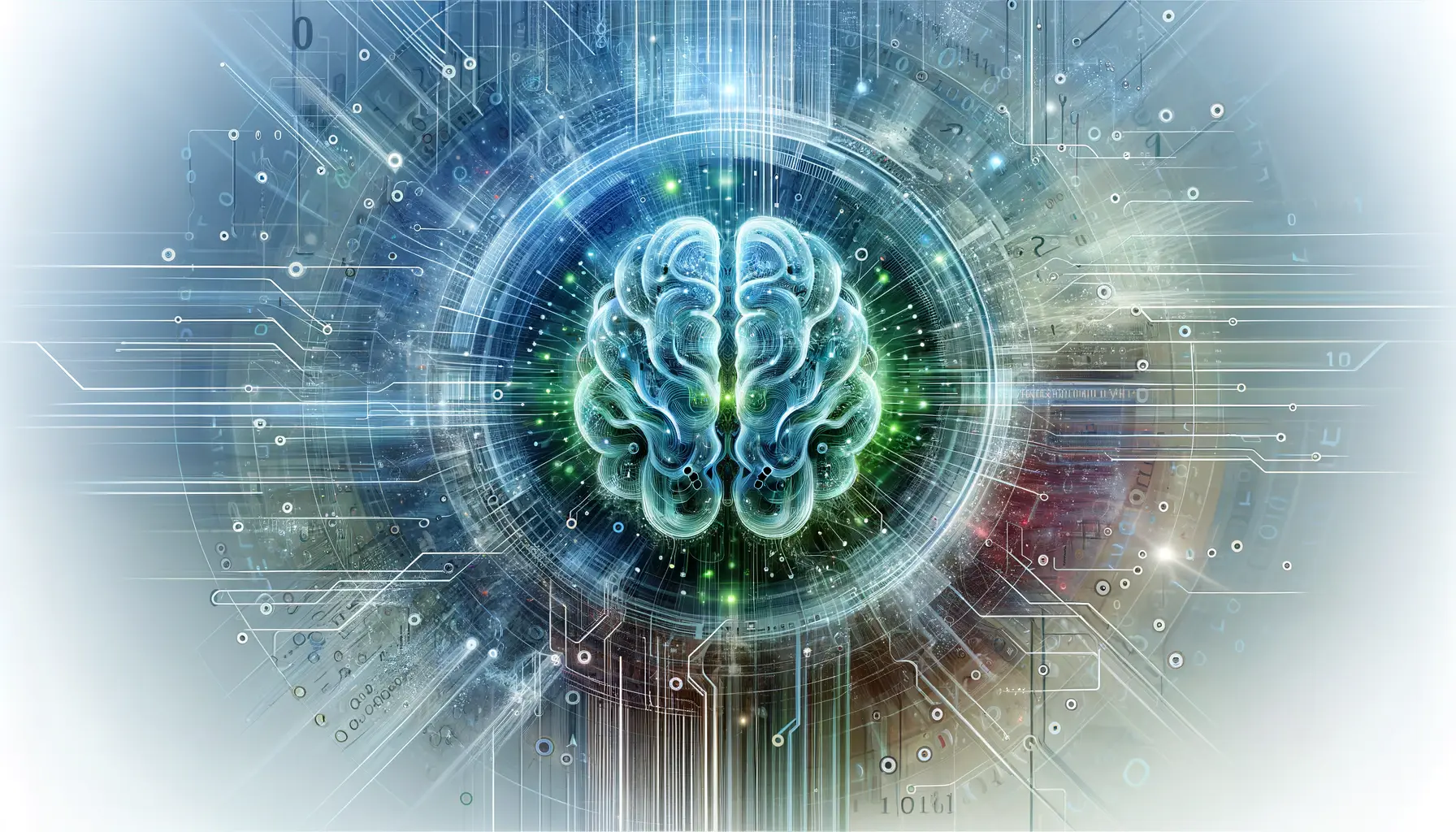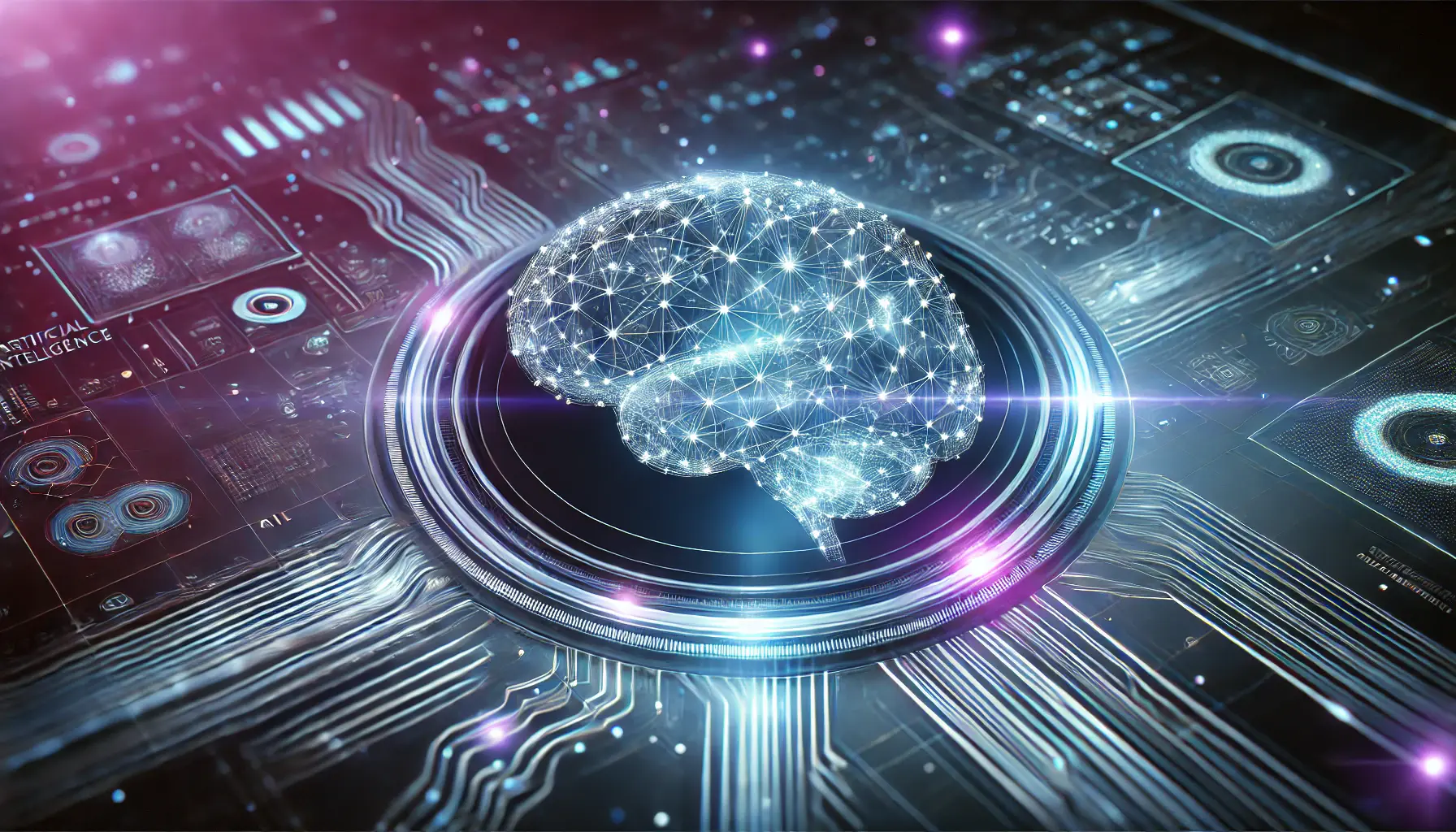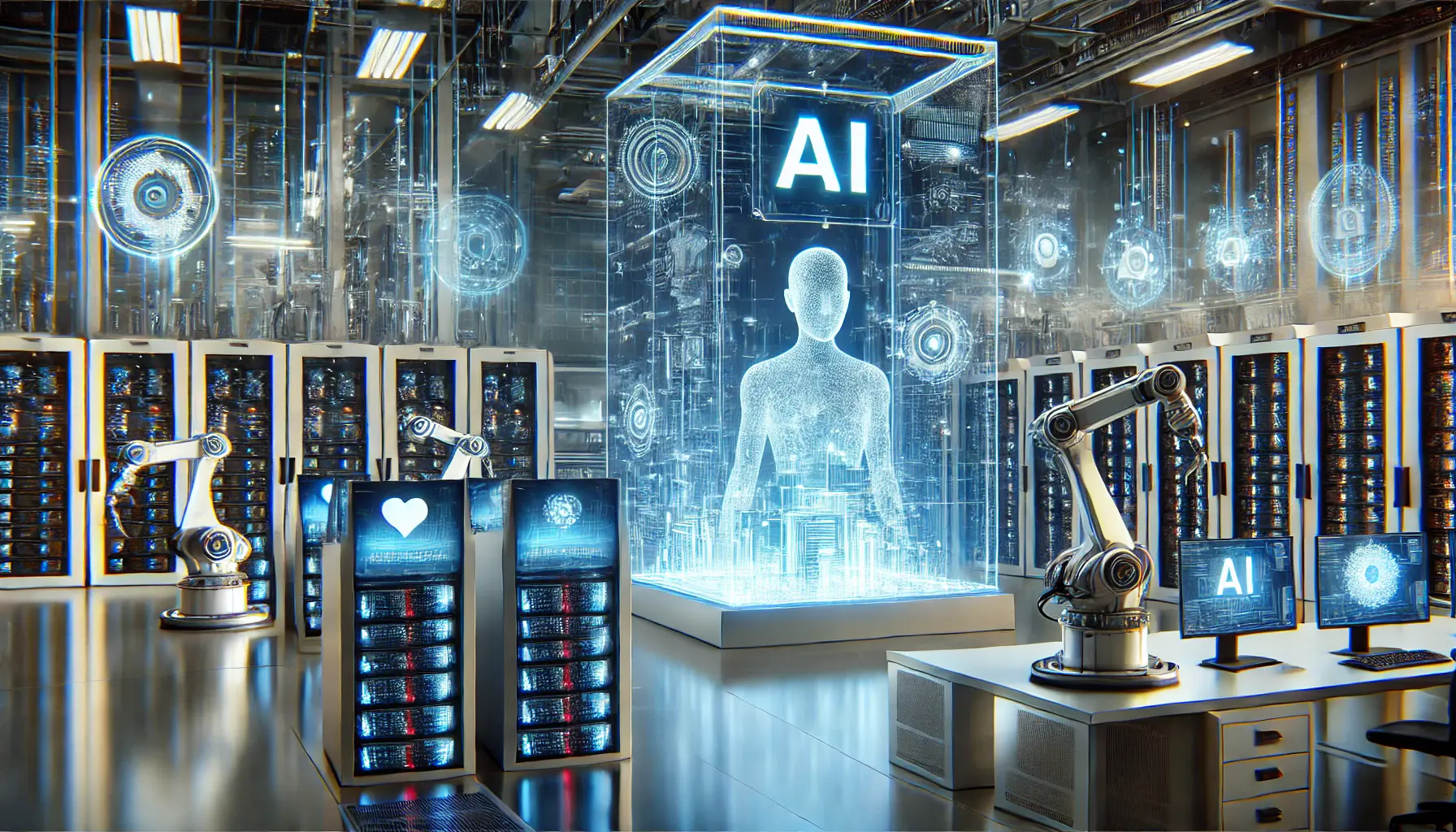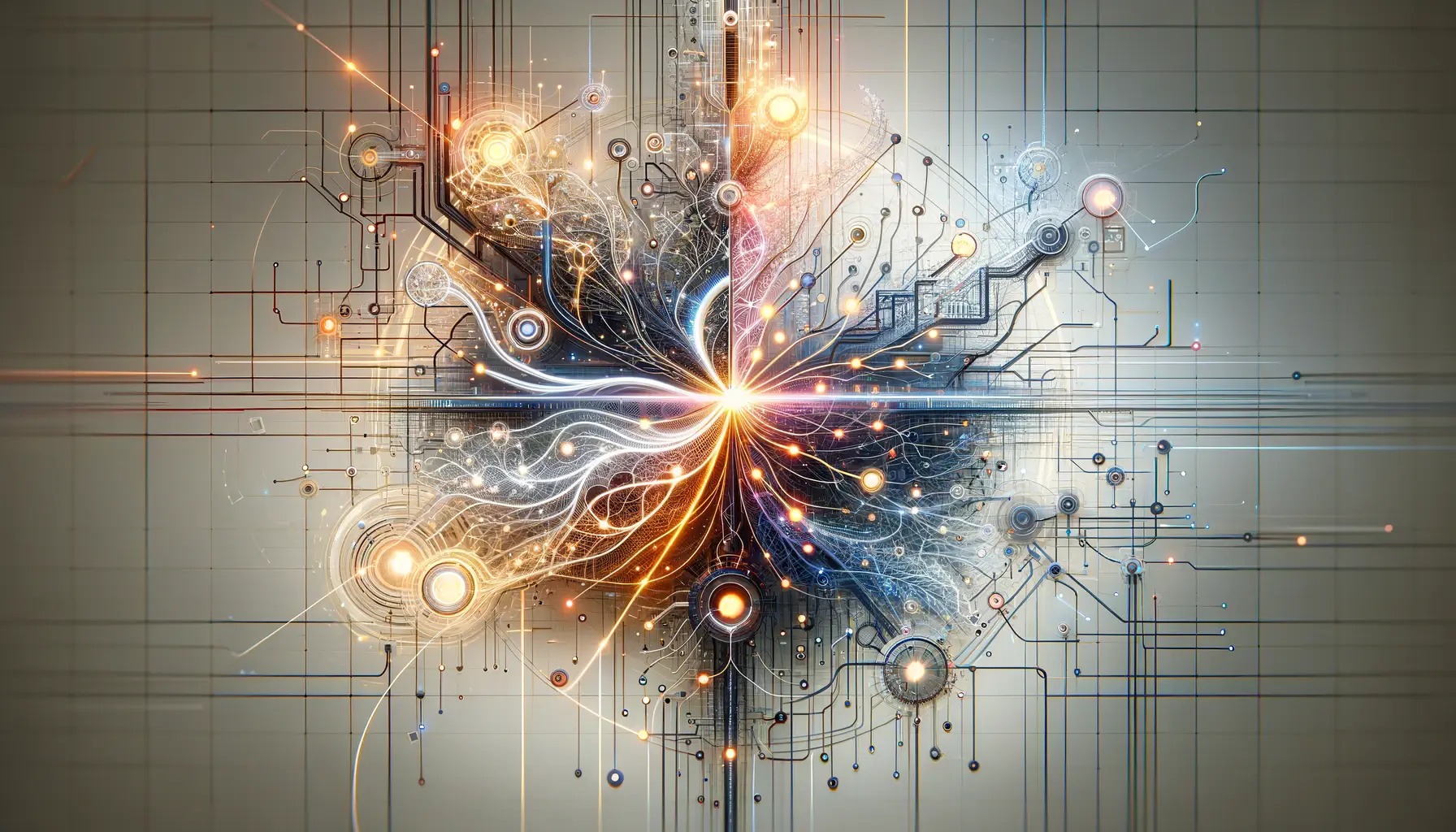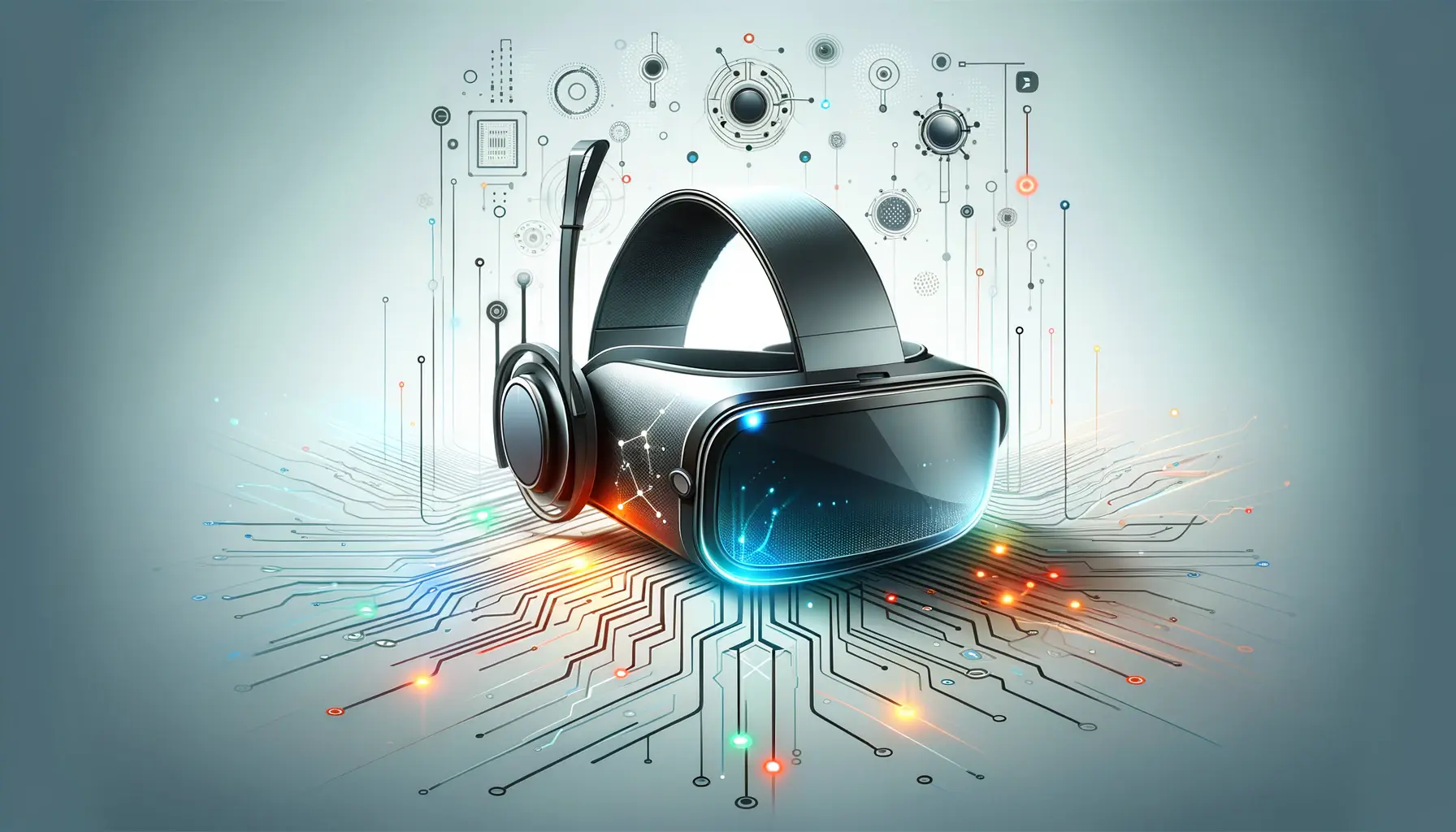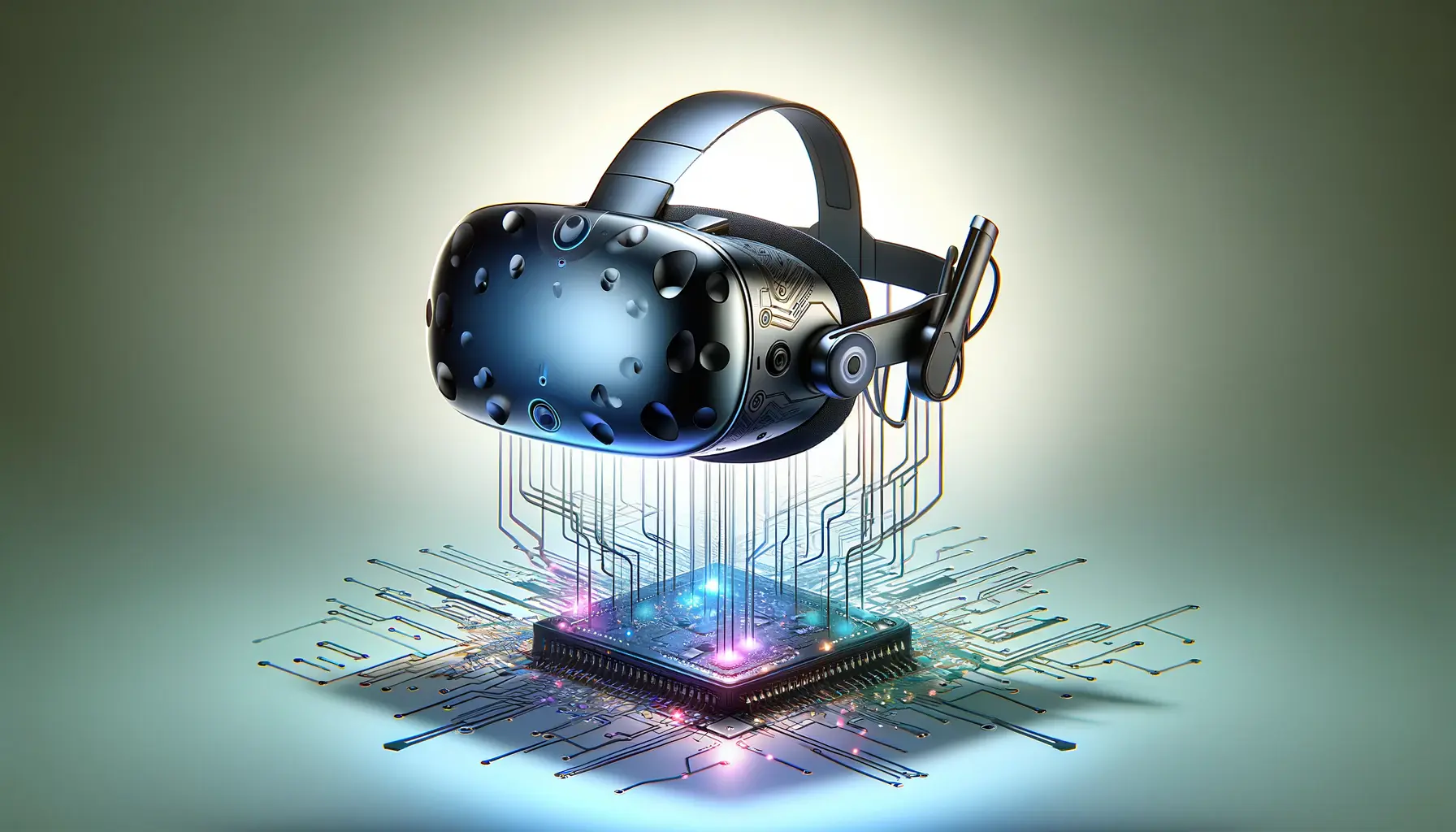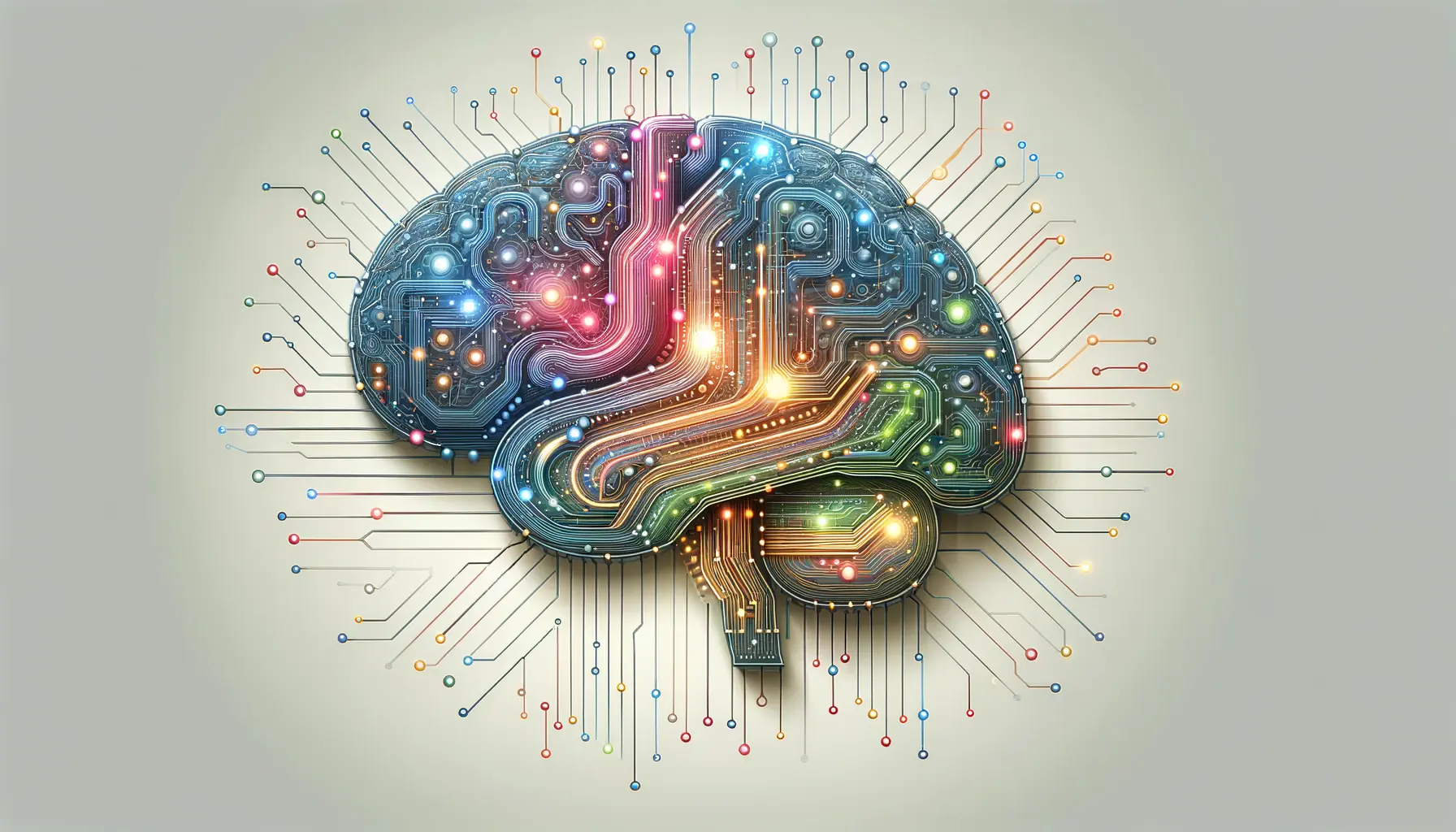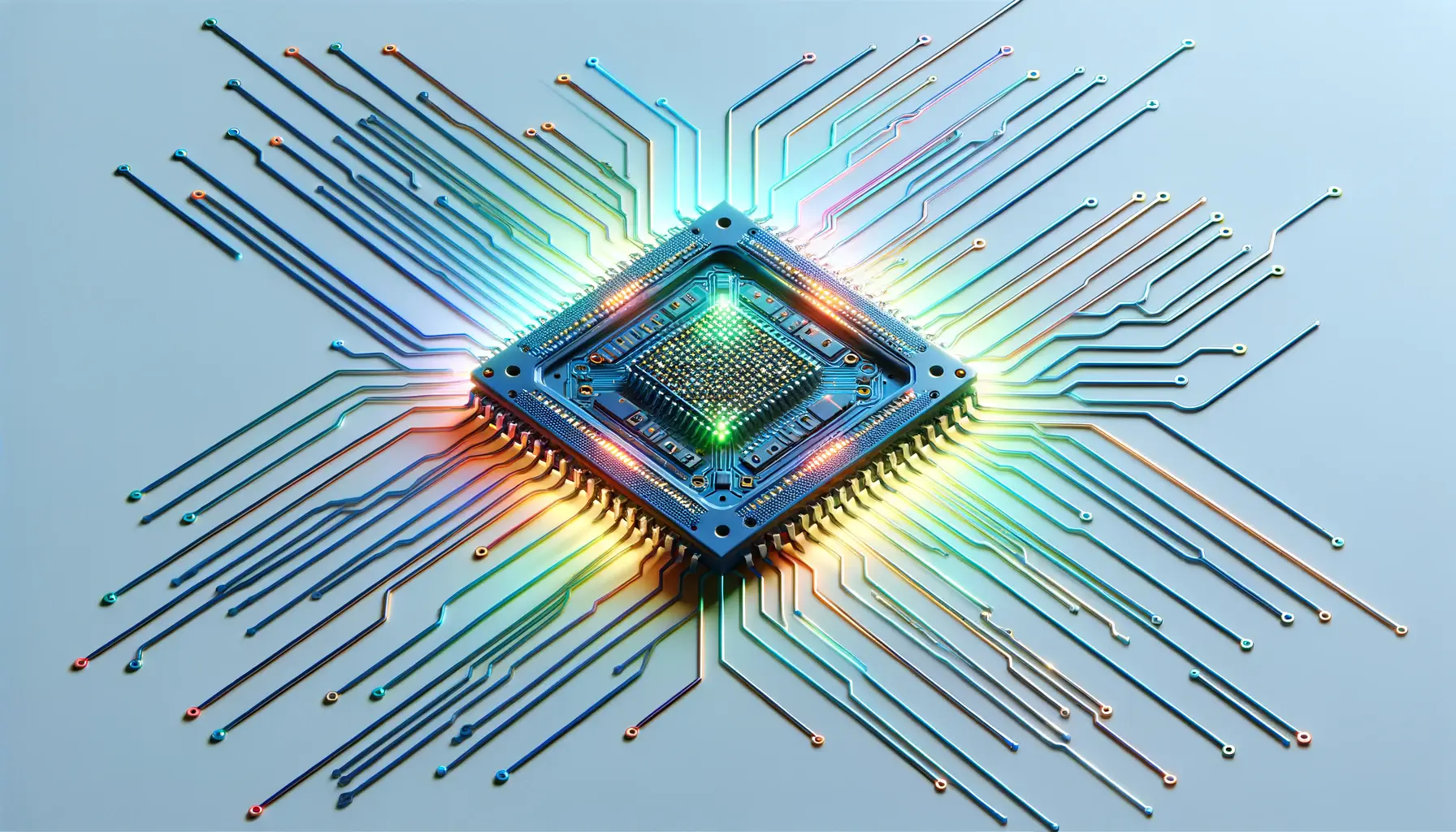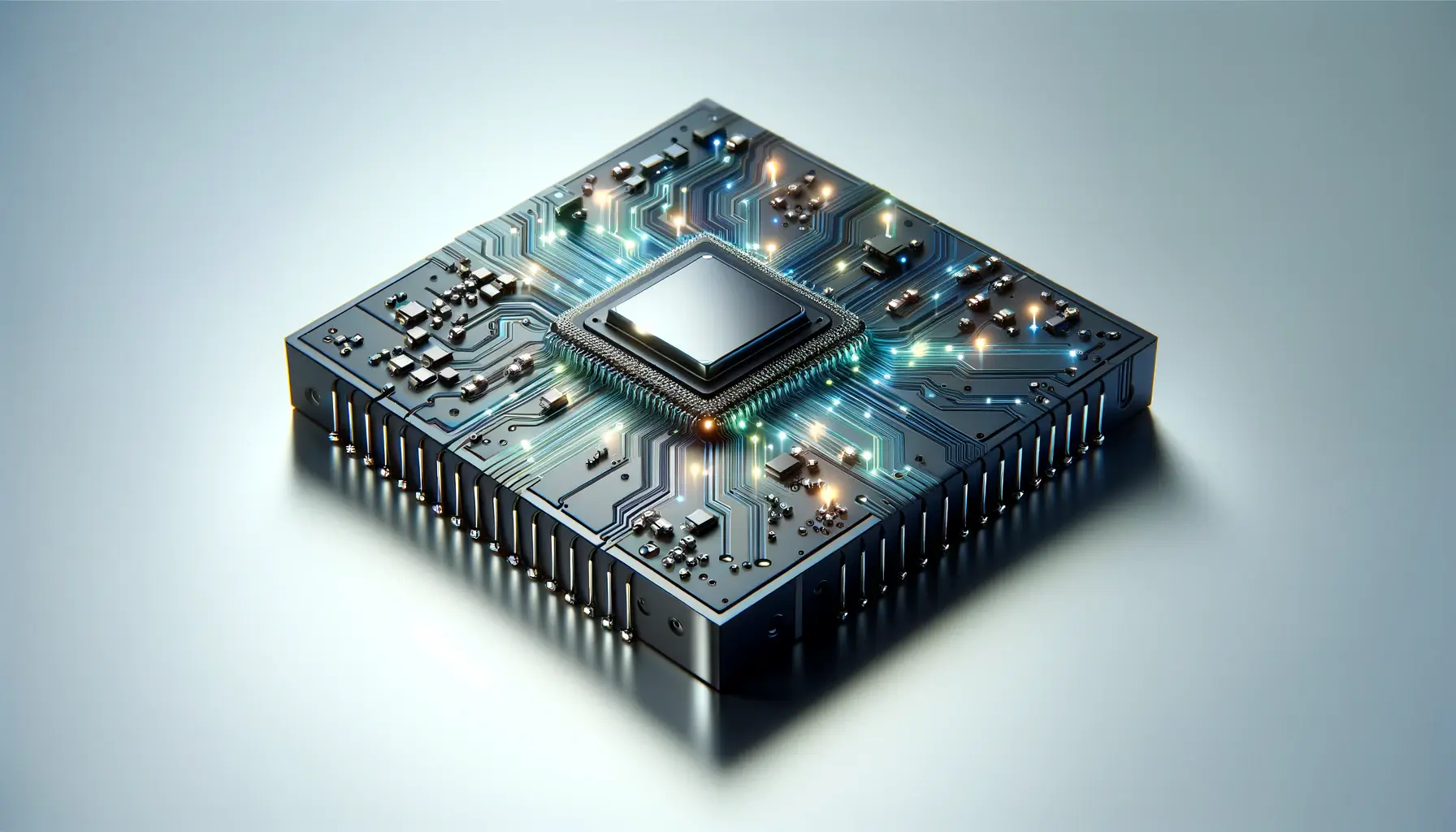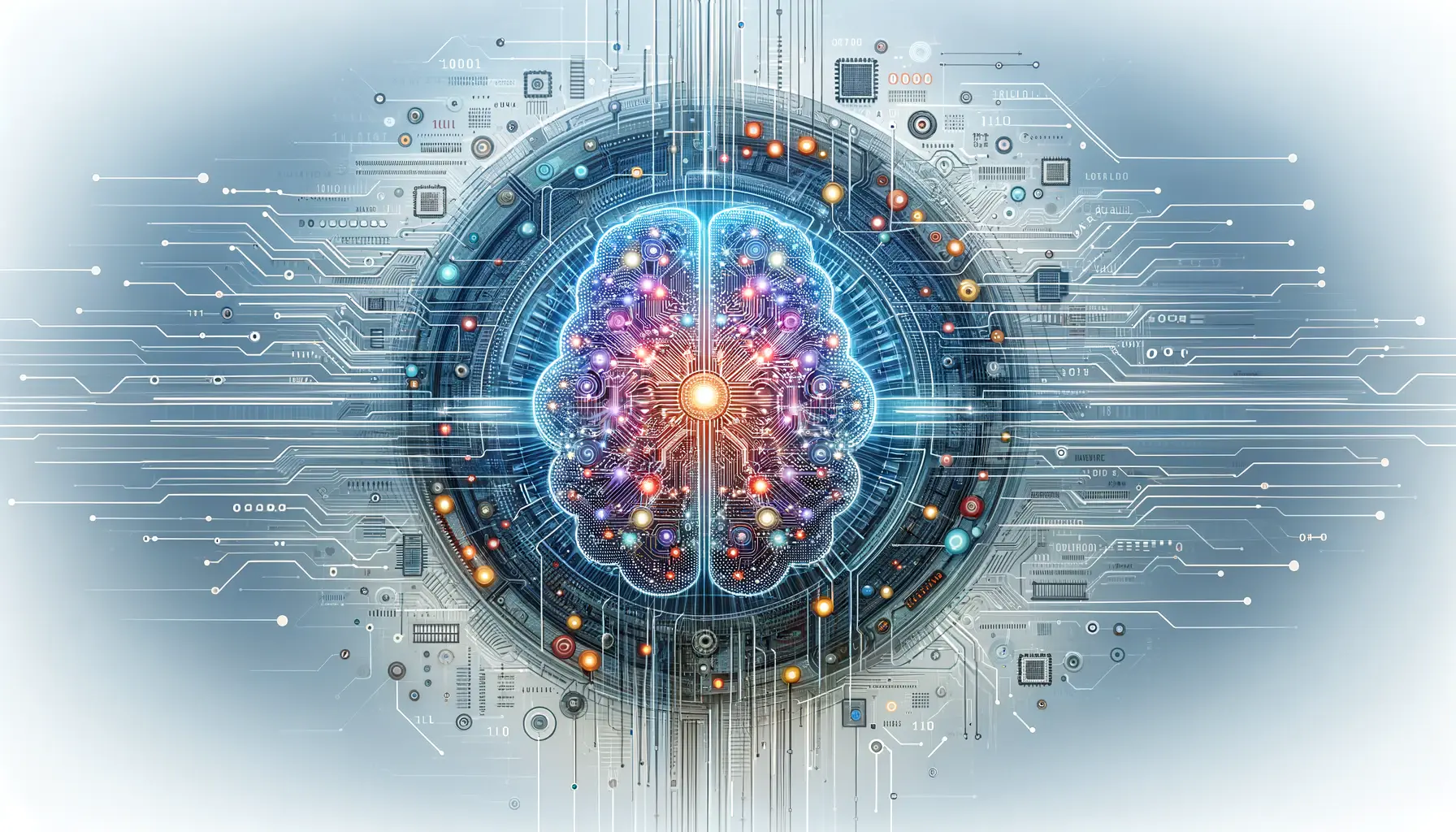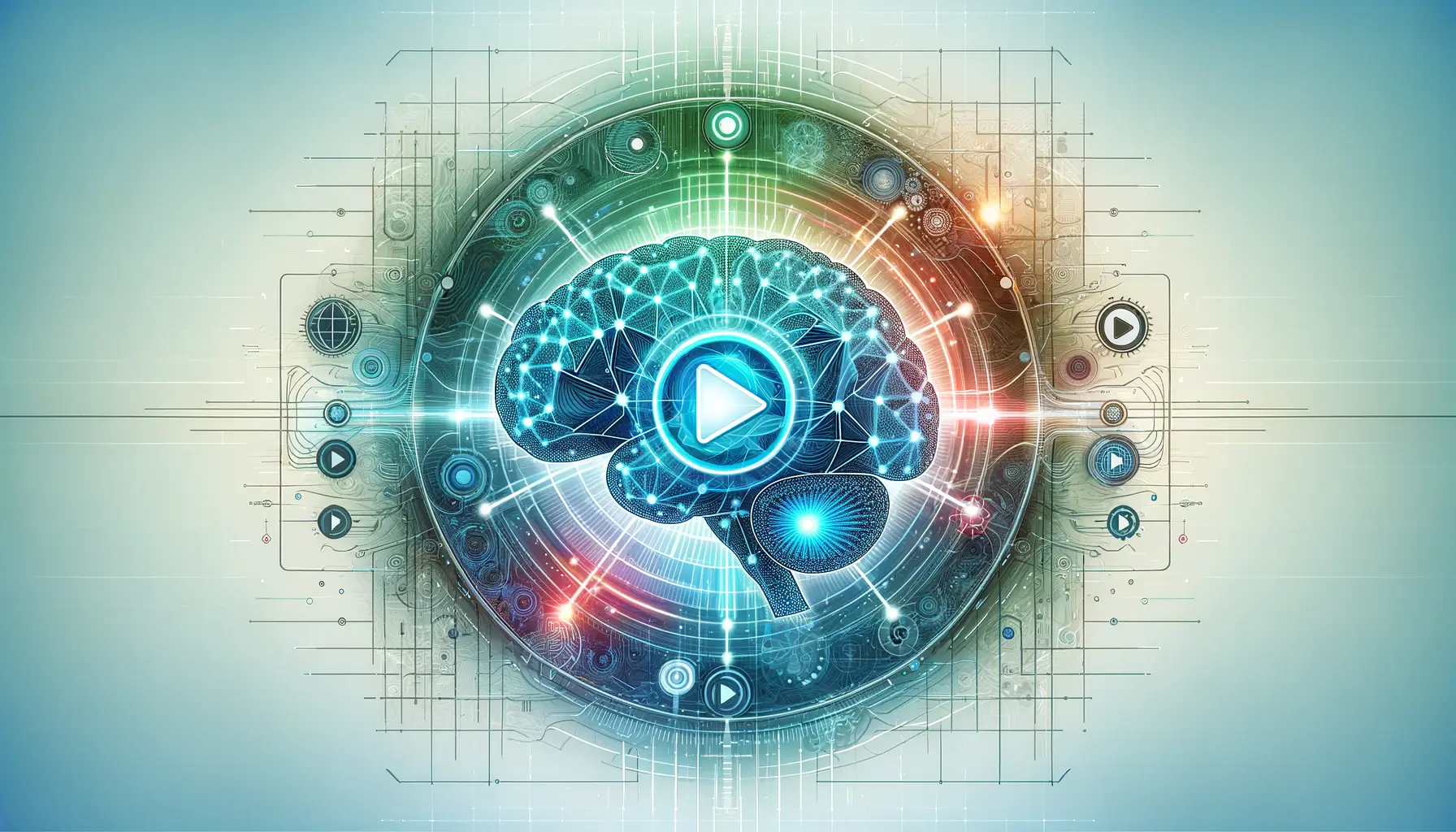The realm of artificial intelligence (AI) is witnessing a monumental leap, thanks to OpenAI’s groundbreaking Sora technology.
This innovative AI model is not just a step but a giant leap in the field, offering capabilities that were once deemed futuristic.
Sora represents the pinnacle of AI’s evolution, merging creativity with technology to redefine the boundaries of machine learning and digital content creation.
At its core, Sora is a testament to the rapid advancements in AI technology, particularly in the domain of generative AI.
By harnessing the power of sophisticated algorithms and neural networks, Sora is capable of creating highly realistic and imaginative scenes from mere text instructions.
This capability marks a significant milestone in AI’s journey, showcasing the potential to revolutionize industries ranging from entertainment to education, and beyond.
- Introduction to Sora’s Technology
- The Evolution of Generative AI
- Understanding Sora’s Core Technologies
- Practical Applications of Sora
- Challenges and Ethical Considerations
- Future Prospects of Sora and AI
- Ongoing Development and Integration of AI
- Embracing the Future with Sora: A Comprehensive Overview
- Sora AI Technology FAQs
Introduction to Sora’s Technology
Foundational Technologies
The technology behind Sora is built upon a foundation of cutting-edge AI developments, including diffusion models and transformer neural networks.
Diffusion models start with a random distribution of pixels (or “noise”) and gradually refine these into coherent images or scenes, guided by the input text.
This process is akin to an artist starting with a blank canvas, sketching, and then filling in details until a complete picture emerges.
Transformer neural networks, on the other hand, excel in understanding and generating text by analyzing the relationships between words in a sentence.
When these two technologies converge in Sora, the result is an AI capable of interpreting text prompts and translating them into detailed, dynamic video content.
The integration of these technologies allows Sora to achieve a level of creativity and detail that surpasses previous AI models.
Unlike its predecessors, which were primarily focused on static images or simple animations, Sora can generate complex video sequences that are both realistic and aligned with the user’s vision.
This represents a significant leap forward in generative AI, opening up new possibilities for storytelling, content creation, and visual communication.
Enhancing Creativity with AI
Sora’s ability to generate video from text is not just a technical achievement; it’s a new medium for creativity.
Artists, filmmakers, educators, and marketers can now bring their visions to life with unprecedented ease and flexibility.
This democratization of video production could have far-reaching implications, making high-quality video content accessible to a wider audience and lowering the barriers to entry for creative endeavors.
Moreover, Sora’s technology emphasizes the importance of AI as a collaborative tool.
By working alongside human creativity, Sora enhances the creative process, offering new ways to explore ideas and narratives.
This collaboration between human and machine opens up a new frontier in the creative industries, where the limitations of traditional media are transcended, and the potential for innovation is boundless.
Sora’s groundbreaking technology is not just about the technical prowess of generating video from text; it’s about unlocking a new realm of creativity and possibility across various sectors.
The Evolution of Generative AI
The journey of generative AI, leading to the development of Sora, is a fascinating narrative of technological evolution and innovation.
This progression has been marked by significant milestones, each contributing to the sophisticated capabilities of AI models like Sora.
Understanding this evolution provides insight into the complexity and potential of generative AI technologies.
From Text to Imagery
Initially, generative AI focused on creating text-based content, evolving to produce images that could match descriptions with remarkable accuracy.
Early models demonstrated the potential for AI to understand and generate creative outputs, laying the groundwork for more complex applications.
The transition from text to imagery was a pivotal moment in AI development, showcasing the ability to interpret and visualize concepts in ways that were previously unimaginable.
- Image Generation: Models like DALL-E and its successors showcased the ability to create detailed images from textual descriptions, opening up new possibilities for visual content creation.
- Enhanced Creativity: These advancements highlighted AI’s potential as a tool for enhancing human creativity, providing artists and designers with new ways to explore visual ideas.
Breakthroughs in Video Generation
The leap from static images to dynamic video content represents the latest frontier in generative AI.
This transition required overcoming significant technical challenges, including understanding temporal coherence and narrative structure.
Sora’s development is emblematic of this breakthrough, offering the ability to create videos that are not only visually compelling but also contextually rich and coherent over time.
- Temporal Coherence: Ensuring that generated videos maintain consistency over time, both visually and narratively, was a key challenge that Sora has addressed.
- Narrative Understanding: Beyond mere visuals, Sora’s technology understands the narrative flow, allowing for the creation of videos that tell a story or convey a message effectively.
The evolution of generative AI from simple text generation to the creation of complex video content like that produced by Sora reflects the rapid advancements in AI technology and its growing impact on creative industries.
Understanding Sora’s Core Technologies
The technological backbone of Sora is a marvel of modern AI development, combining several advanced techniques to achieve its groundbreaking capabilities.
At the heart of Sora’s functionality are diffusion models and transformer neural networks, each playing a critical role in transforming text into vivid, dynamic video content.
Exploring these core technologies sheds light on how Sora manages to bridge the gap between textual prompts and visual storytelling.
Diffusion models are at the forefront of this technological leap.
These models work by gradually refining a random distribution of pixels into a coherent image or sequence of images, mimicking the process of an artist creating a piece from a blank canvas.
This approach allows for the generation of highly detailed and contextually relevant visuals from textual descriptions.
The sophistication of diffusion models lies in their ability to understand and interpret the nuances of language, translating abstract concepts into visual representations.
- Generative Process: Starting with noise, diffusion models iteratively apply learned patterns to shape the final video output, ensuring that each frame is both unique and contextually appropriate.
- Adaptability: These models can adapt to a wide range of styles and subjects, making them versatile tools for content creation across various domains.
Complementing the diffusion models, transformer neural networks play a pivotal role in understanding the textual prompts that guide the video generation process.
Transformers analyze the relationships between words in a sentence, enabling a deep comprehension of the prompt’s intent and context.
This understanding is crucial for generating content that accurately reflects the user’s vision, ensuring that the resulting videos are not only visually appealing but also meaningful and relevant.
- Contextual Understanding: Transformers excel in grasping the subtleties of language, allowing Sora to interpret prompts with a high degree of accuracy.
- Flexibility in Content Generation: The use of transformer models enables Sora to generate content that spans a wide range of themes and styles, from realistic scenarios to fantastical creations.
The integration of diffusion models and transformer neural networks is what sets Sora apart, enabling it to generate video content that is both high in quality and rich in narrative depth.
Practical Applications of Sora
The advent of Sora opens up a plethora of practical applications across various sectors, demonstrating the versatility and transformative potential of this technology.
From entertainment and education to marketing and beyond, Sora’s ability to generate dynamic video content from text prompts is set to revolutionize how we create, consume, and interact with digital media.
Entertainment and Media Production
In the entertainment industry, Sora is a game-changer, offering filmmakers, animators, and content creators a powerful tool for bringing their visions to life.
With Sora, the creation of animated sequences, special effects, and even entire films can be achieved with unprecedented speed and flexibility.
This not only reduces production costs but also allows for greater creative experimentation.
- Animation and Film: Leveraging Sora to create detailed and imaginative scenes for movies and animation, reducing the need for extensive manual labor.
- Special Effects: Generating realistic or fantastical visual effects that seamlessly integrate with live-action footage.
Educational Content Creation
Educational content creators can utilize Sora to design engaging and informative videos that enhance learning experiences.
By converting textual educational material into compelling video content, educators can capture the attention of learners and cater to different learning styles, making complex subjects more accessible and understandable.
- Interactive Learning Modules: Creating dynamic videos that illustrate complex concepts in science, history, and mathematics, among others.
- Language Learning: Enhancing language learning experiences with visual storytelling and contextual examples.
Marketing and Advertising
For marketers, Sora offers a novel approach to creating captivating advertising content.
By inputting campaign messages or product descriptions, companies can generate unique and engaging video ads that stand out in a crowded digital landscape.
This capability enables personalized and targeted content creation at scale, potentially increasing engagement and conversion rates.
- Product Demonstrations: Showcasing products in action through realistic video simulations, highlighting features and benefits.
- Brand Storytelling: Crafting compelling narratives that resonate with audiences, strengthening brand identity and emotional connections.
Sora’s practical applications extend far beyond these examples, indicating its potential to impact a wide range of industries by enhancing creativity, reducing production barriers, and opening up new possibilities for content creation.
Challenges and Ethical Considerations
While Sora represents a significant advancement in AI technology, its deployment and use come with a set of challenges and ethical considerations.
As with any powerful tool, the potential for misuse and the implications of its applications warrant careful consideration.
Addressing these concerns is crucial for ensuring that the technology benefits society while minimizing negative impacts.
Data Privacy and Security
The generation of video content with Sora relies on vast amounts of data, raising concerns about data privacy and security.
Ensuring the protection of sensitive information and preventing unauthorized access to personal data are paramount.
This involves implementing robust data protection measures and transparent data usage policies to maintain user trust and comply with regulatory requirements.
- Implementing end-to-end encryption and secure data storage solutions.
- Adhering to privacy regulations and ensuring transparent data collection and usage policies.
Content Authenticity and Misinformation
The ability of Sora to create realistic video content from text prompts also poses risks related to content authenticity and the spread of misinformation.
Distinguishing between real and AI-generated content becomes increasingly challenging, potentially leading to the dissemination of false information or deepfakes that could harm individuals or society.
- Developing watermarking or digital signature technologies to identify AI-generated content.
- Promoting media literacy and awareness to help users critically evaluate content authenticity.
Ethical Use and Societal Impact
The ethical use of Sora extends beyond technical considerations to include its impact on society.
Questions about the replacement of human jobs, the democratization of content creation, and the potential for cultural homogenization need to be addressed.
Ensuring that Sora is used in ways that promote inclusivity, diversity, and positive societal values is essential.
- Creating guidelines for responsible use that prioritize ethical considerations and societal well-being.
- Engaging with diverse communities to understand and mitigate potential negative impacts on culture and employment.
Navigating the challenges and ethical considerations associated with Sora requires a collaborative effort among developers, users, and policymakers to establish norms and regulations that foster responsible use and maximize the technology’s positive potential.
Future Prospects of Sora and AI
The development and deployment of Sora not only mark a significant milestone in the field of artificial intelligence but also open up new avenues for future advancements.
As we look ahead, the potential for Sora and similar AI technologies to further transform various sectors is immense.
This section explores the future prospects of Sora, considering both the technological advancements it may spur and the broader implications for society.
Advancements in AI Technology
The success of Sora paves the way for further research and development in generative AI technologies.
Future iterations could see improvements in efficiency, realism, and the ability to handle more complex narratives.
These advancements could lead to AI models that are not only more capable but also more accessible to a wider range of users, democratizing content creation even further.
- Increased Efficiency: Enhancements in AI algorithms could reduce the computational resources required, making advanced AI tools more accessible.
- Greater Realism: Future models may generate even more lifelike and convincing content, blurring the lines between AI-generated and real-world media.
Broader Societal Implications
The impact of Sora extends beyond technological innovation, potentially influencing societal norms and the economy.
As AI becomes more integrated into our daily lives, it could reshape industries, create new job opportunities, and alter the way we interact with digital content.
However, it also necessitates a reevaluation of ethical standards and regulatory frameworks to ensure that these technologies benefit society as a whole.
- Industry Transformation: Sectors such as education, entertainment, and marketing could see significant changes in how content is produced and consumed.
- Job Creation and Displacement: While AI may automate certain tasks, it could also create new roles focused on AI management, ethical oversight, and creative direction.
The trajectory of Sora and generative AI is not just a narrative of technological progress but a journey towards reshaping our digital and societal landscapes. The future of Sora holds the promise of not only more advanced AI capabilities but also a deeper integration of AI into the fabric of society, offering both opportunities and challenges that we must navigate with care and consideration.
Ongoing Development and Integration of AI
The landscape of artificial intelligence is in a constant state of flux, with ongoing development and integration shaping the future of how we interact with technology.
Sora represents a significant leap in this journey, but it is just one example of the broader trend towards more sophisticated, versatile, and accessible AI technologies.
This final section examines the current trends in AI development and the implications for future integration across various sectors.
Enhancing Interactivity and Accessibility
One of the key trends in AI development is the focus on enhancing interactivity and making technology more accessible to a broader audience.
This involves not only simplifying the user interface but also ensuring that AI tools can be used and understood by people with varying levels of technical expertise.
As AI becomes more embedded in everyday applications, from smartphones to home appliances, its design and functionality are increasingly centered around user experience.
- Improving User Interfaces: Making AI tools more intuitive and easier to use for non-technical users.
- Expanding Accessibility: Ensuring that AI technologies are accessible to people with disabilities, thereby promoting inclusivity.
Seamless Integration into Daily Life
AI technologies, exemplified by Sora, are becoming seamlessly integrated into our daily lives, transforming the way we work, learn, and entertain ourselves.
This integration is becoming more fluid, with AI enhancing the functionality of devices and services in a way that feels natural and unobtrusive.
The goal is for AI to augment human capabilities and provide support in a manner that is both effective and subtle.
- Smart Environments: Incorporating AI into homes, workplaces, and public spaces to create environments that are more responsive to human needs.
- Personalized Experiences: Using AI to tailor services and content to individual preferences, improving satisfaction and engagement.
The ongoing development and integration of AI into various aspects of daily life promise a future where technology not only enhances human capabilities but also becomes a more integral and harmonious part of our existence.
Embracing the Future with Sora: A Comprehensive Overview
The exploration of Sora and its underlying technology offers a glimpse into the future of artificial intelligence and its potential to reshape our digital and physical worlds.
As we stand on the brink of this technological revolution, it’s clear that Sora represents more than just an advancement in AI capabilities; it symbolizes the dawn of a new era in creativity, content creation, and interaction with digital media.
This conclusion aims to weave together the insights gained from our deep dive into Sora, highlighting the significance of this technology and the broader implications for society.
The Transformative Power of Sora
Throughout this article, we’ve seen how Sora leverages cutting-edge AI technologies to turn textual prompts into dynamic video content, marking a significant leap in the field of generative AI.
The practical applications of Sora, spanning entertainment, education, and marketing, underscore its potential to democratize content creation and open up new avenues for creativity and expression.
However, the journey of Sora is not without its challenges, including ethical considerations and the need for responsible use to ensure that the technology benefits society as a whole.
Future Directions and Ethical Considerations
Looking ahead, the future prospects of Sora and AI are boundless, with potential advancements in technology promising even more sophisticated and accessible tools.
Yet, as we navigate this promising future, the ethical implications and societal impacts of such technologies must be carefully considered.
Ensuring data privacy, combating misinformation, and promoting ethical use are paramount to harnessing the full potential of Sora while safeguarding against potential harms.
- The ongoing development of AI technologies like Sora offers exciting opportunities for innovation and creativity.
- Addressing ethical considerations and societal impacts is crucial for realizing the positive potential of these advancements.
- The integration of AI into various sectors promises to transform industries and enhance our daily lives.
In conclusion, Sora stands as a beacon of the possibilities inherent in the fusion of technology and creativity.
As we continue to explore and expand the frontiers of artificial intelligence, the lessons learned from the development and application of Sora will undoubtedly guide us towards a future where technology enhances human creativity, fosters innovation, and creates a more connected and accessible world.
The journey of Sora is not just about the technology behind it but about the potential it unlocks for a future where AI and human creativity coalesce to redefine the boundaries of what’s possible.
Sora AI Technology FAQs
Explore the most common inquiries about Sora, OpenAI’s innovative AI technology, designed to transform text into dynamic video content.
Sora is an advanced AI model by OpenAI that converts textual prompts into realistic and imaginative video scenes.
Using diffusion models and transformer neural networks, Sora interprets text prompts to generate detailed, dynamic video content.
Entertainment, education, marketing, and more can leverage Sora for creating engaging video content from simple text descriptions.
Currently, Sora is available to a select group of testers, with plans for broader accessibility in the future.
Sora’s unique ability to generate high-quality video content from text sets it apart from other generative AI models.
Yes, Sora can produce a wide range of video types, from realistic scenes to imaginative animations, based on textual input.
Concerns include data privacy, content authenticity, and the potential for misuse, emphasizing the need for responsible usage.
Sora is poised to revolutionize content creation by making video production more accessible and fostering creativity across industries.
